
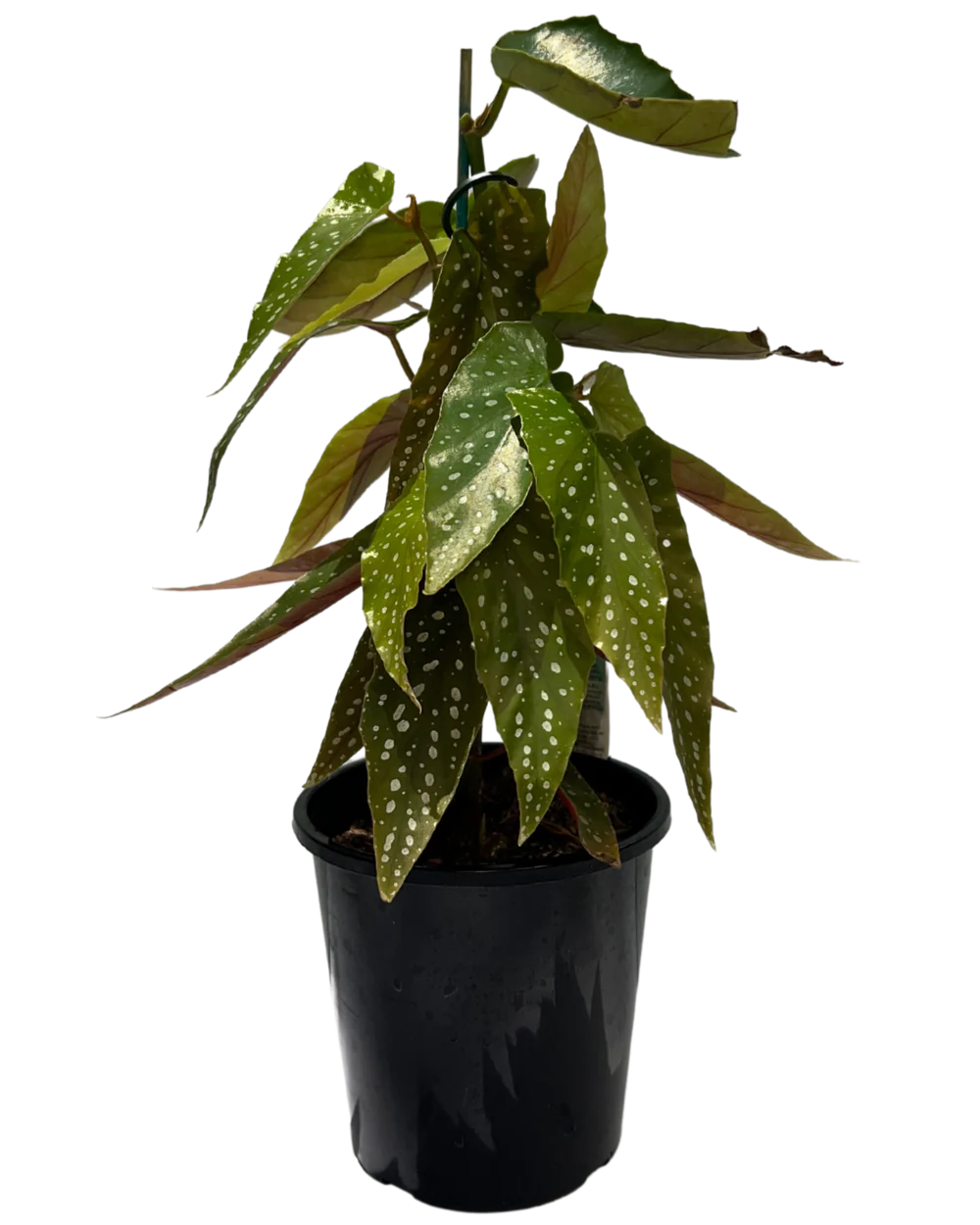

Begonia Maculata | How to Grow and Care for Begonia Maculata
Approx $39.47 USD Normally: $74.99
How to Grow and Care for Begonia Maculata
The Begonia maculata, known for its unique and striking appearance, requires specific care to thrive. Here's a comprehensive guide to help
you grow and maintain this beautiful plant effectively:
Light
The Begonia maculata flourishes under partial or indirect sunlight. It's advisable to place the plant near a window that allows for filtered light, especially since direct sunlight can harm its leaves. Rotate the plant periodically to ensure even growth, particularly during seasons with varying daylight durations.
Soil
This plant prefers moist, well-drained soil, ideally a mix of sandy and loamy. Ensure good drainage to avoid waterlogging, which can lead to root issues. You can improve drainage by incorporating perlite into the potting mix.
Watering
Overwatering is a common pitfall; it's crucial to allow the top 1/2 inch of soil to dry out between waterings. Typically, watering twice a week is sufficient, but this can vary based on the humidity and temperature of your home. Always check the soil moisture before watering.
Temperature and Humidity
The Begonia maculata thrives in a tropical-like environment, favoring temperatures between 65 and 70 degrees Fahrenheit. Avoid environments colder than 60 degrees Fahrenheit. Maintain average humidity levels around 45 to 50 percent. If needed, use a humidifier or place the plant in naturally humid rooms like kitchens or bathrooms to achieve this balance.
Fertilizer
Use a balanced, slow-release liquid fertilizer (10-10-10) starting in spring and continuing every two to three weeks to encourage blooming. However, be careful not to over-fertilize, as this can lead to more foliage growth at the expense of blooms.
Pruning and Propagation
Regular pruning helps prevent the Begonia maculata from becoming overgrown or leggy. The best time for pruning is late autumn or post-bloom. For propagation, cuttings can be taken in late winter. Place the stem cuttings in water under indirect light until roots develop, then pot them in a well-draining mix.
Potting and Repotting
Repot your Begonia maculata in early spring before the active growth period. Choose a larger container if the plant has outgrown its current one, and refresh the soil to provide new nutrients.
Pests and Diseases
Be vigilant for signs of spider mites, whiteflies, and mealybugs. Treat infestations with insecticidal soap or rubbing alcohol. Also, watch for fungal diseases like powdery mildew and treat with appropriate fungicides, such as neem oil. Regularly inspect and clean your plant to prevent these issues.
Blooming
To encourage blooming, ensure the plant gets at least six hours of indirect sunlight daily. Avoid over-fertilizing and overwatering, as these can inhibit flower production. Deadhead spent flowers to promote new blooms.
Common Problems
Monitor for signs of distress, such as drying or wilting leaves, which could indicate issues with lighting, watering, or pests. Adjust care as necessary to address these problems.
By following these guidelines, you can help your Begonia maculata thrive, adding a vibrant and unique touch to your indoor garden or living space.
Begonia Maculata Angel Wing are stunning, easy-care houseplants. The leaves are bright green with speckles of white. In the warmer months, the plant may produce bright pink flowers.
This plant is about 30cm high. If attached to a stake, it will grow upward. Otherwise, it has a low-growing, trailing tendency.
The product may be provided by a different brand of comparable quality.
The actual product may vary slightly from the image shown.
Shop amazing plants at The Node – a top destination for plant lovers


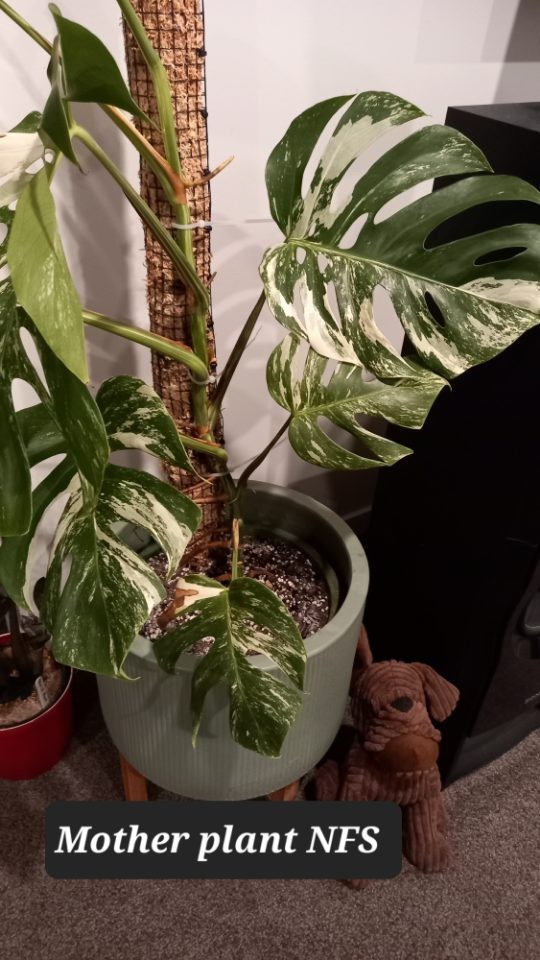

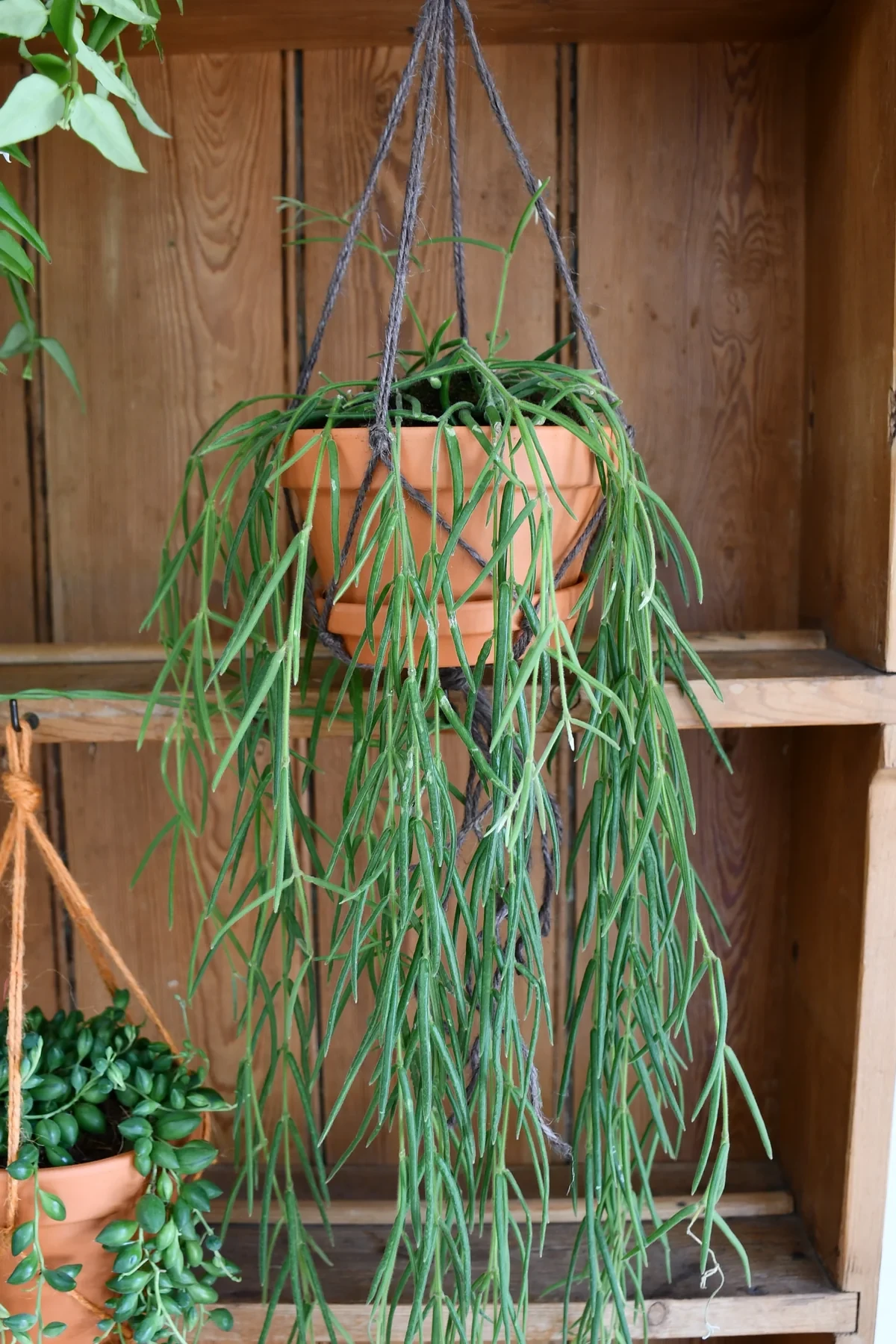
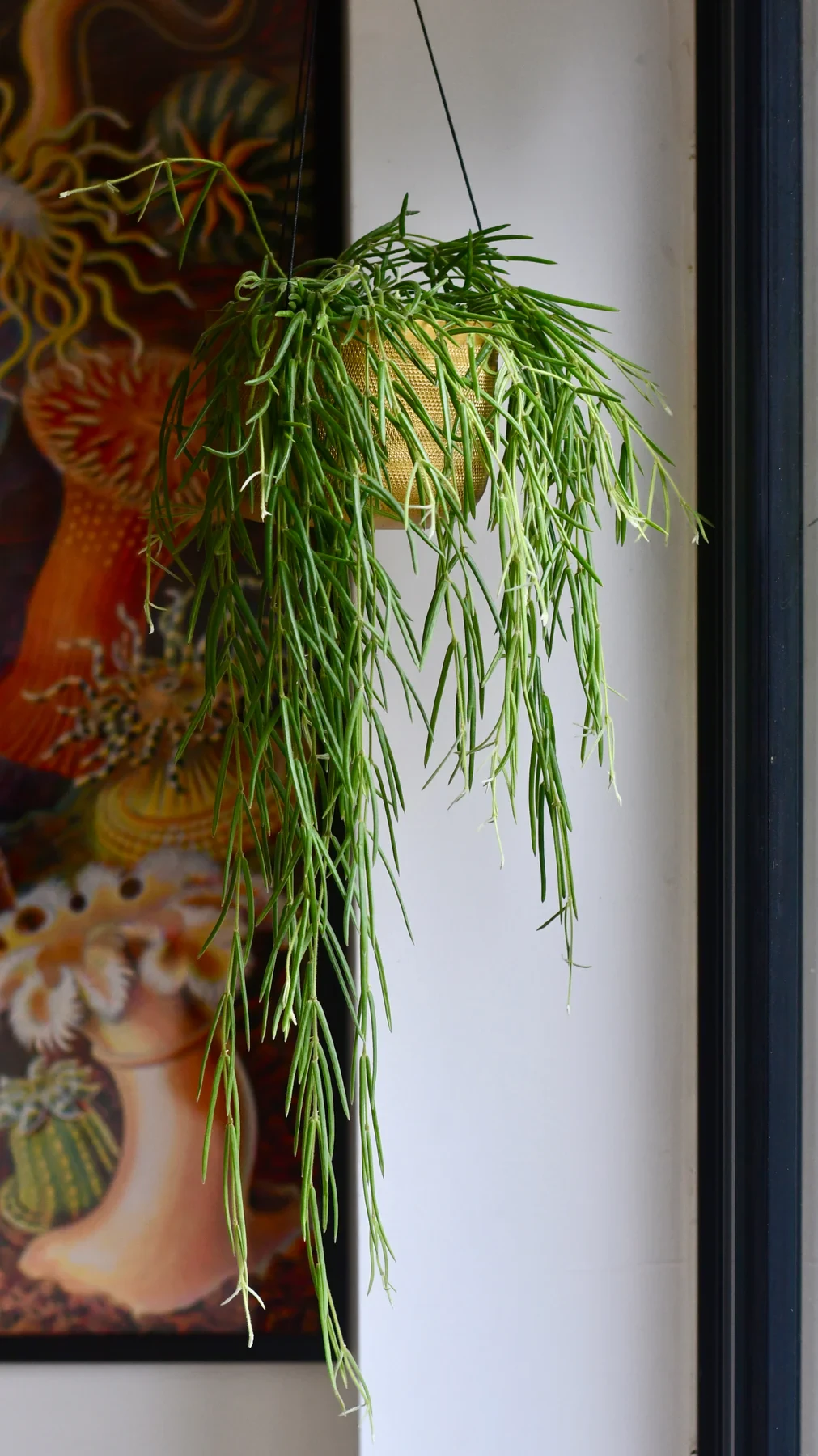
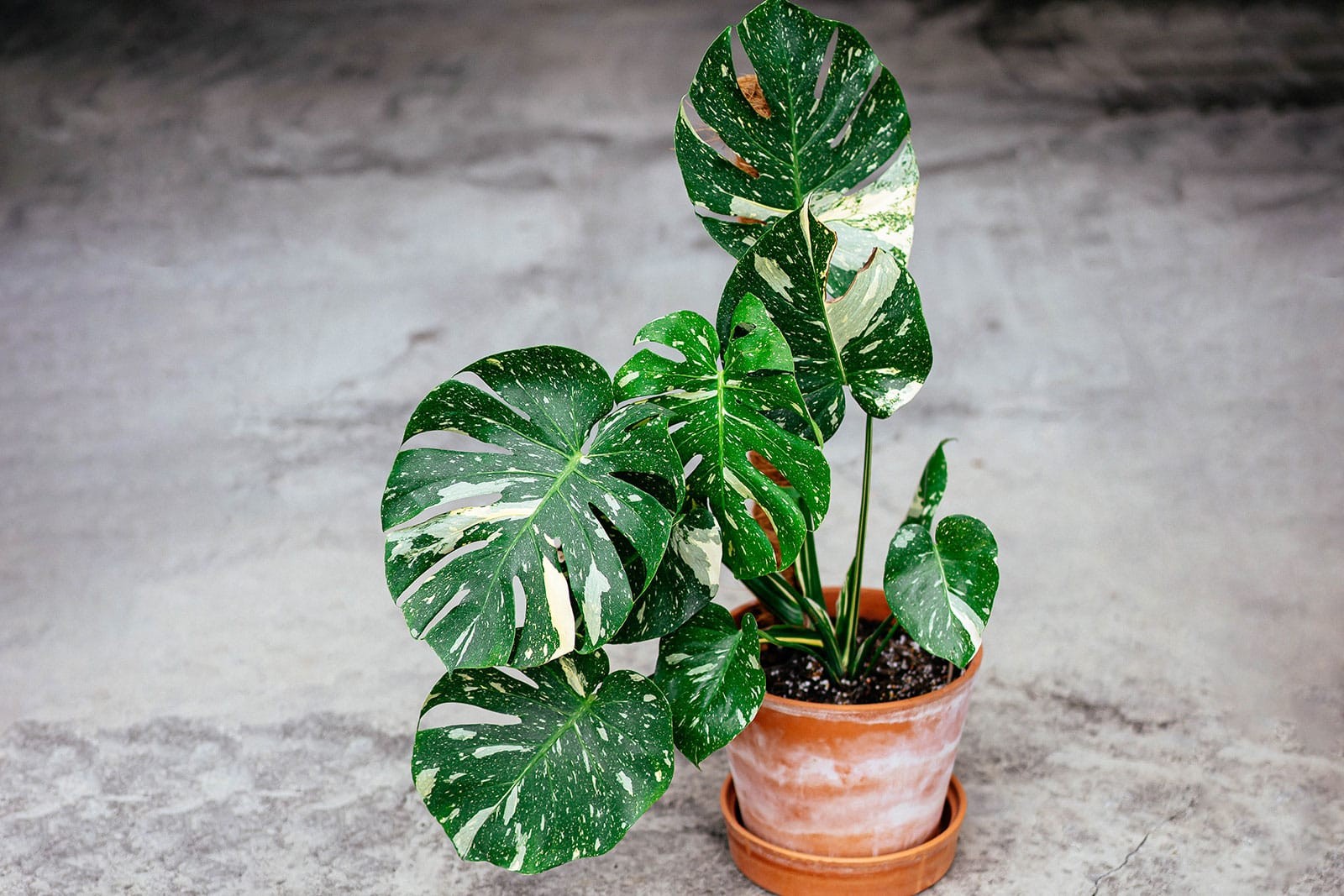
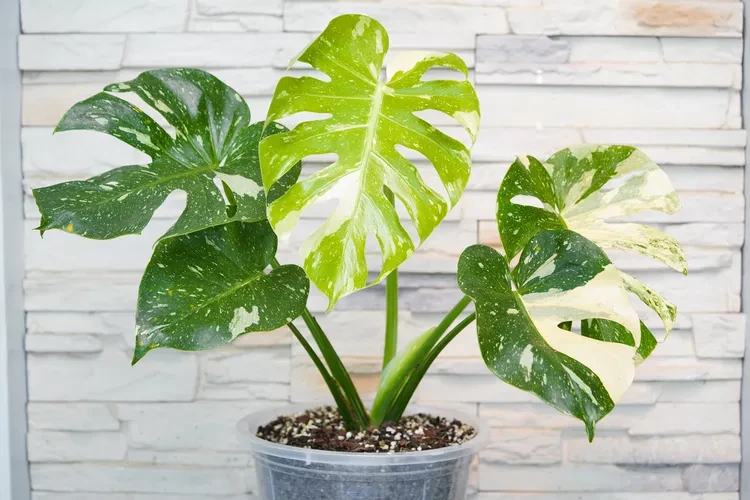
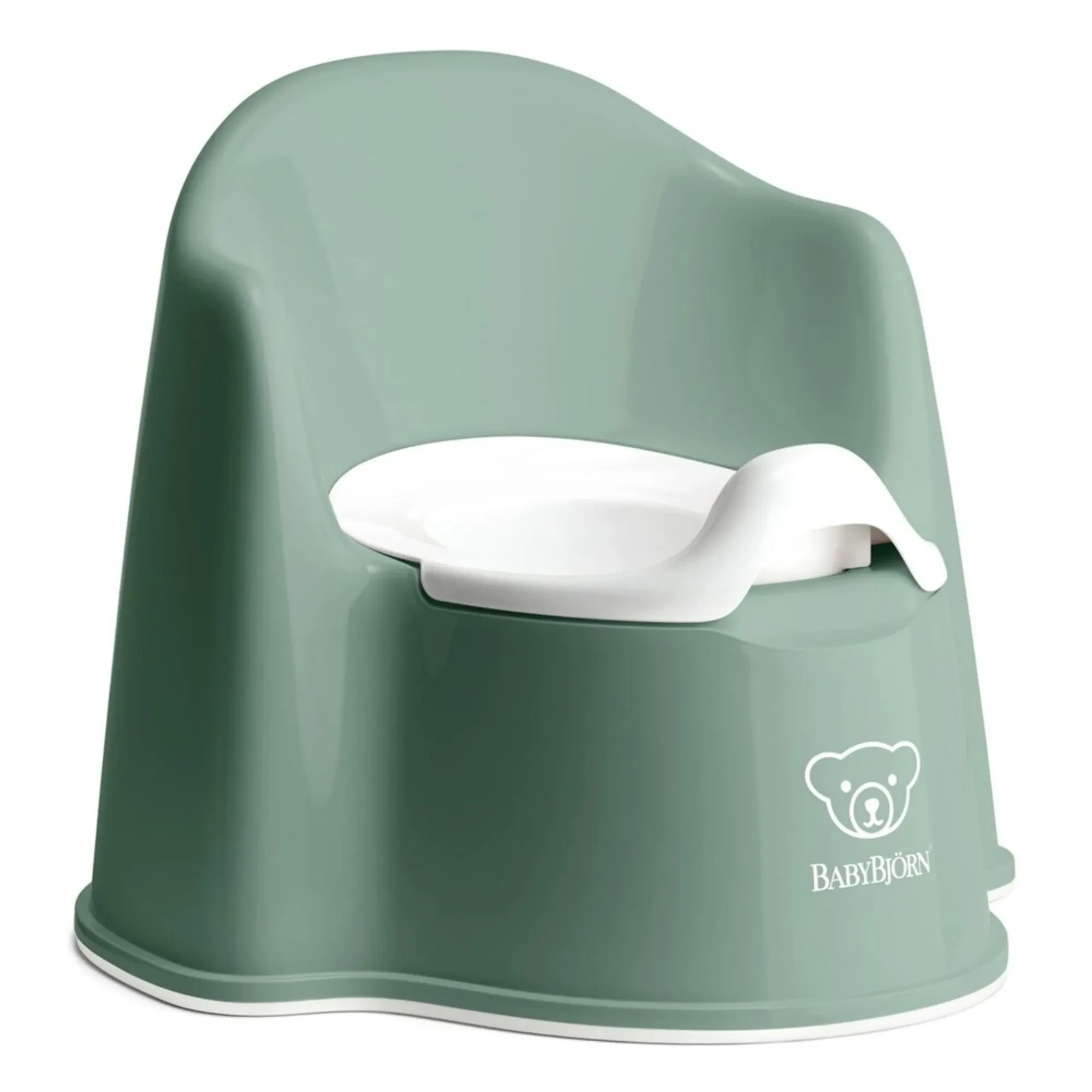
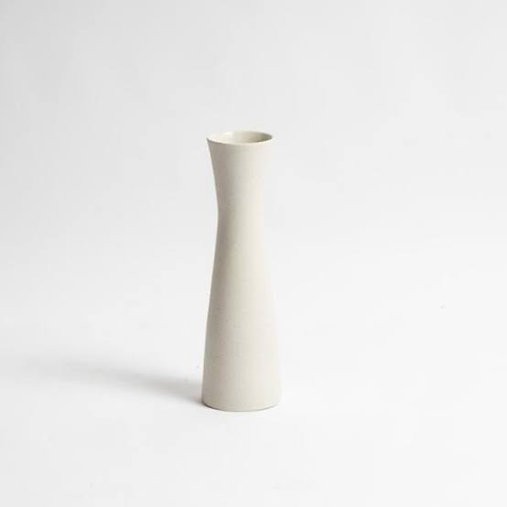
.jpeg)
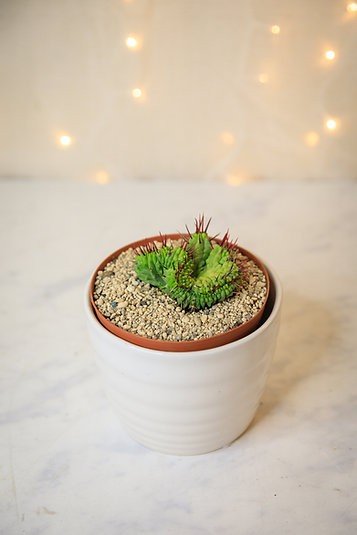
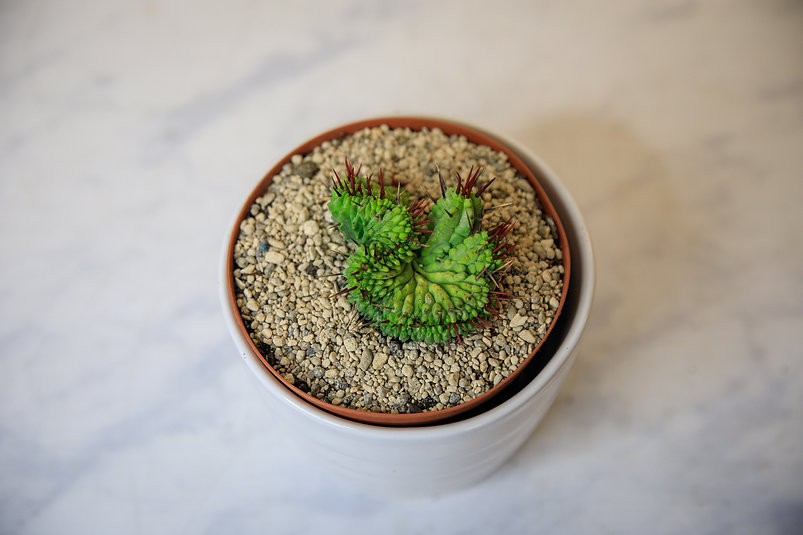
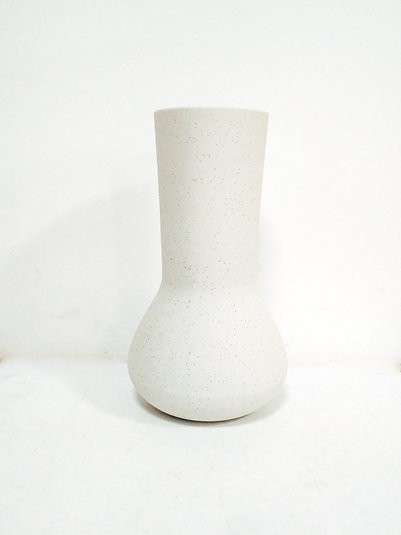

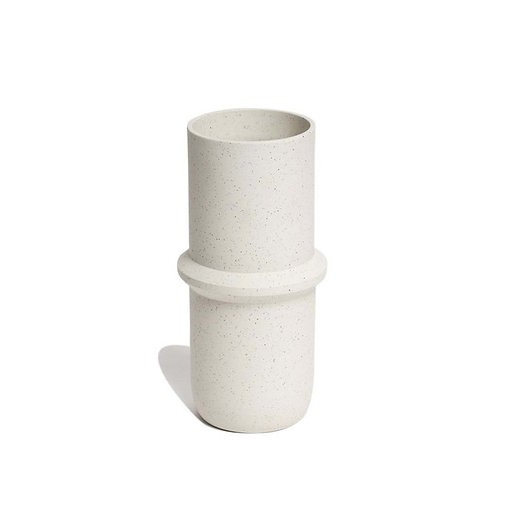



.jpg)









.jpg)





.jpeg)





.jpeg)



.jpeg)








.jpeg)



.jpeg)

.jpeg)

.jpeg)

.jpeg)




.jpeg)
.jpg)

.jpeg)






.jpeg)
.jpeg)




.jpeg)





.jpeg)


.jpeg)

.jpeg)

.jpeg)

.jpeg)







.jpeg)
.jpeg)
.jpeg)





.jpeg)



.jpeg)






.jpg)
.jpeg)









.jpg)


ulva-Logo.jpg)




.jpeg)



.png)















.png)























